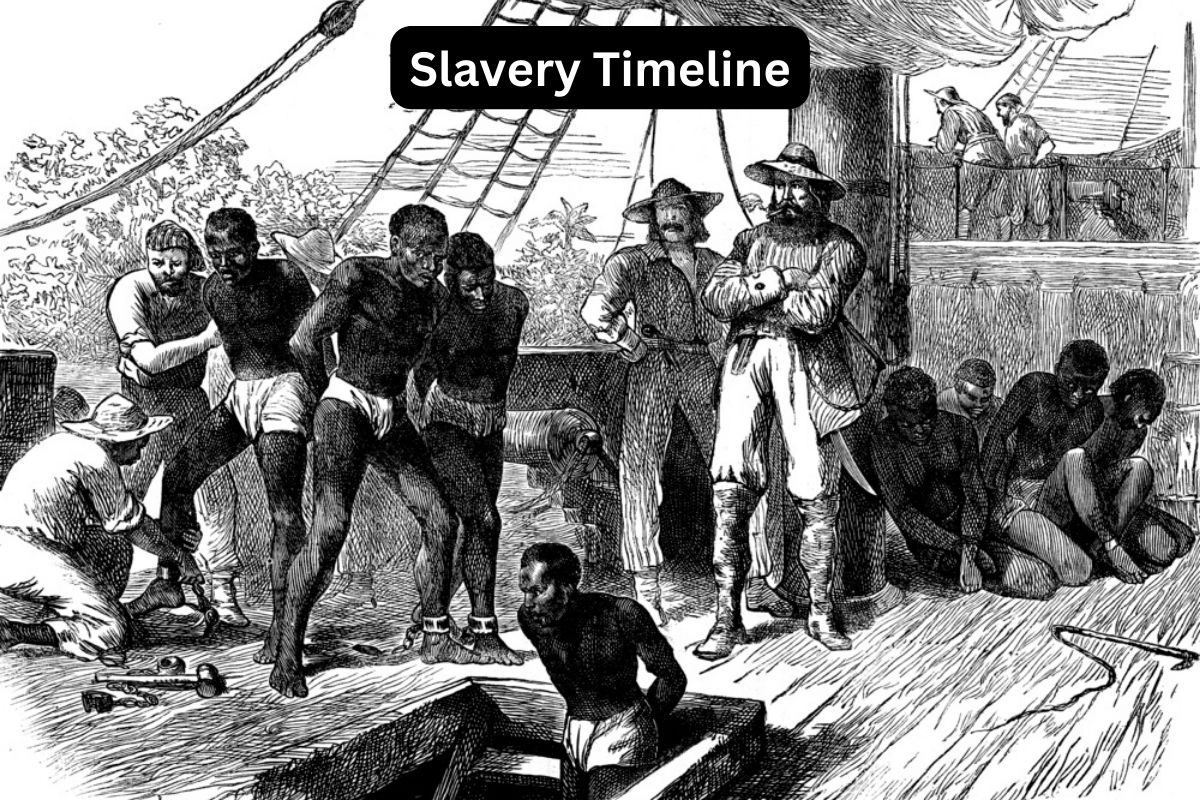The slavery timeline traverses millennia and continents, revealing the intricate evolution of human society and its darker facets.
From its roots in ancient civilizations to the transatlantic trade that scarred entire generations, and the eventual battles for emancipation and human rights, this timeline reflects the depths of human cruelty and the resilience of the human spirit in seeking justice and freedom.
Delving into its chapters sheds light on a history shaped by oppression, resistance, and the ongoing struggle to rectify the injustices of the past.
In tracing the timeline of slavery, we confront the darkest aspects of human history alongside the triumphs of resilience and resistance.
It is a narrative that underscores the necessity of acknowledging historical atrocities, addressing their ongoing impacts, and working tirelessly toward a more just and equitable world for all.
| Period | Events |
|---|---|
| Antiquity | – 3500 BCE: Slavery in Mesopotamia – Circa 3000 BCE: Slavery in ancient Egypt – 8th-6th centuries BCE: Slavery in ancient Greece – 5th-4th centuries BCE: Slavery in ancient Rome |
| Medieval and Renaissance | – 7th-15th centuries: Arab slave trade in the Middle East and North Africa – 15th century: European exploration leads to the transatlantic slave trade |
| Transatlantic Slave Trade | – 1502: First African slaves in the Americas (Spanish) – 1619: First African slaves in English North America – Late 17th-18th centuries: Peak of the transatlantic slave trade – 1807: UK abolishes slave trade – 1833: UK abolishes slavery in most of the empire |
| 19th Century | – 1861-1865: American Civil War driven by slavery tensions – 1863: Emancipation Proclamation in the US – 1888: Brazil abolishes slavery |
| 20th Century | – 1926: Saudi Arabia abolishes slavery – 1948: UN Universal Declaration of Human Rights condemns slavery – 1956: Sudan abolishes slavery – 1960s: Mauritania abolishes slavery – 1981: Mauritania officially abolishes slavery – 2000s: Global efforts against modern slavery and human trafficking |
Timeline of Slavery
Slavery in Mesopotamia (3500 BCE)
One of the earliest known instances of slavery can be traced back to ancient Mesopotamia, where enslaved individuals performed various tasks for their owners, such as agricultural labor, construction work, and domestic service.
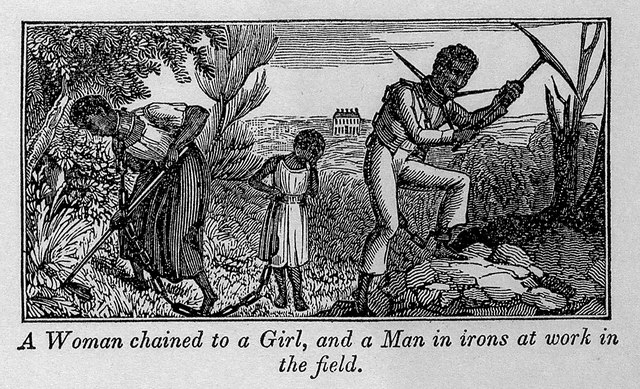
Slavery in Ancient Egypt (circa 3000 BCE)
Slavery was present in ancient Egypt and played a significant role in its economy. Slaves in Egypt could come from various sources, including prisoners of war, criminals, and individuals who were born into slavery. They were employed in tasks ranging from agricultural labor to building monumental structures.
Slavery in Ancient Greece (8th-6th centuries BCE)
Slavery was deeply ingrained in ancient Greek society, and slaves were commonly used for both domestic and labor-intensive tasks.
They were acquired through various means, including warfare, trade, and birth. Some slaves could achieve a higher status and even become educated or skilled.
Slavery in Ancient Rome (5th-4th centuries BCE)
Slavery played a vital role in the Roman economy and society. Slaves in Rome performed a wide range of jobs, from agricultural work to household service, entertainment, and skilled craftsmanship.
The number of slaves in Rome grew significantly over time, and the treatment of slaves varied widely depending on their roles and the attitudes of their owners.
Arab Slave Trade (7th-15th centuries)
The Arab slave trade was a network that spanned the Middle East and North Africa. Slaves were obtained through conquest, trade, and piracy.
They were used in various capacities, including labor, military service, and concubinage. The Arab slave trade predated the transatlantic slave trade by several centuries.
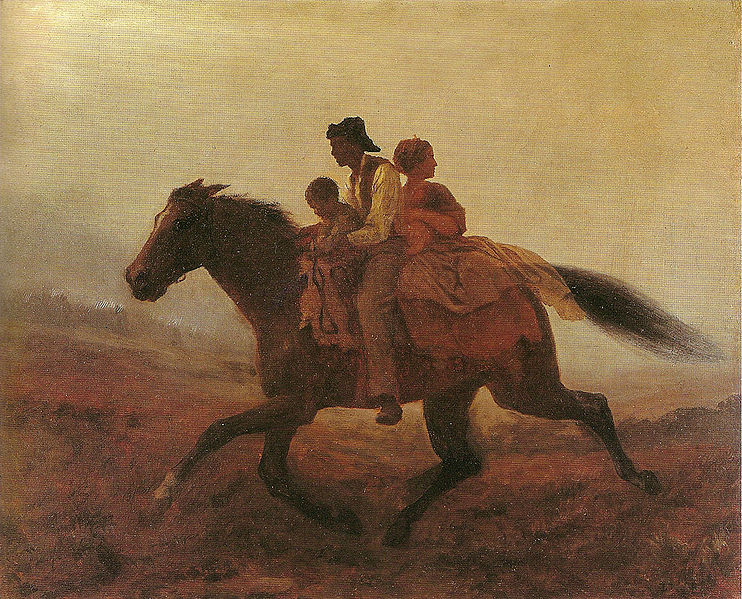
Transatlantic Slave Trade (15th century)
The arrival of European explorers in the Americas marked the beginning of the transatlantic slave trade. European powers established colonies in the Americas and needed a cheap and abundant labor force to cultivate crops like sugar, tobacco, and cotton.
This led to the forced migration of millions of Africans to the New World, where they were subjected to harsh conditions and exploitation.
First Recorded African Slaves in the Americas (1502)
The Spanish brought the first recorded African slaves to the Americas, primarily to work in gold mines and plantations.
First African Slaves in English North America (1619)
The English colony of Virginia witnessed the arrival of the first documented African slaves on its shores, marking the beginning of slavery in what would become the United States.
Peak of the Transatlantic Slave Trade (late 17th-18th centuries)
The transatlantic slave trade reached its zenith during this period. European powers, particularly Britain, France, Spain, and Portugal, forcibly transported millions of Africans across the Atlantic to work on plantations and in mines.
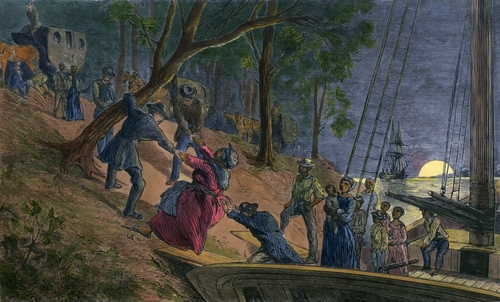
UK Abolishes Slave Trade (1807)
The United Kingdom became the first major European power to abolish the transatlantic slave trade, though slavery itself continued in its colonies.
UK Abolishes Slavery in Most of the Empire (1833)
The Slavery Abolition Act of 1833 marked the beginning of the end of legal slavery in the British Empire. It provided for the gradual emancipation of slaves in British territories over a period of years.
American Civil War (1861-1865)
Slavery was a central issue in the American Civil War. The Southern states, where the plantation economy was heavily dependent on slave labor, seceded from the Union to preserve their way of life.
The Northern states, where industrialization was more prevalent, sought to abolish slavery. The war resulted in the defeat of the Confederacy and the end of legal slavery in the United States.
Emancipation Proclamation (1863)
Issued by President Abraham Lincoln in the midst of the Civil War, the Emancipation Proclamation declared all enslaved individuals in Confederate territory to be free.
While this executive order did not immediately free all enslaved people, it shifted the moral and political focus of the war, making the abolition of slavery a primary goal.
Thirteenth Amendment (1865)
The Thirteenth Amendment to the United States Constitution was ratified, officially abolishing slavery in the United States.
It states that “neither slavery nor involuntary servitude, except as a punishment for crime whereof the party shall have been duly convicted, shall exist within the United States.”
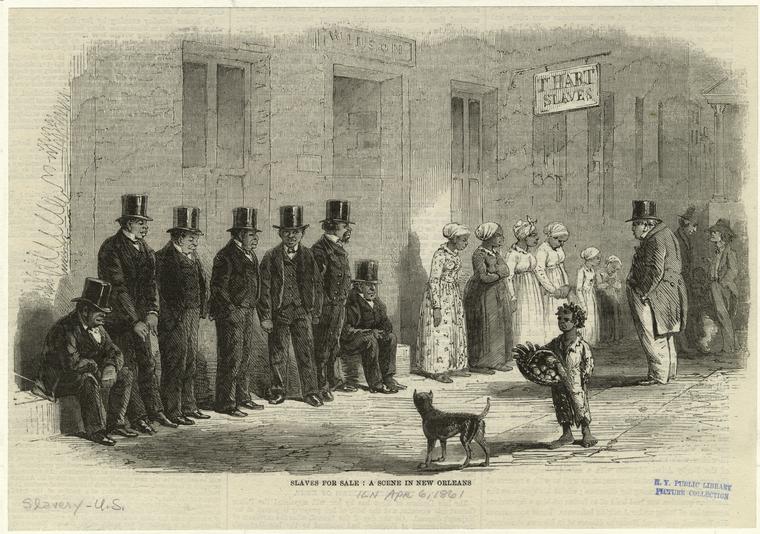
Reconstruction (1865-1877)
Following the Civil War, the United States entered a period of Reconstruction, during which efforts were made to rebuild the South and integrate formerly enslaved individuals into society.
However, Reconstruction was fraught with challenges, including the rise of segregation, violence, and the suppression of civil rights for African Americans.
Abolition of Slavery in the Americas
The 19th century witnessed the abolition of slavery in various parts of the Americas:
1833: The United Kingdom abolished slavery in most of its empire with the Slavery Abolition Act.
The Slavery Abolition Act of 1833 in the United Kingdom was a crucial milestone in the abolition of slavery. It abolished slavery throughout most of the British Empire, with the exception of territories controlled by the East India Company, Ceylon (now Sri Lanka), and Saint Helena.
1848: France abolished slavery in its colonies
France abolished slavery in its colonies through the “Décret d’abolition de l’esclavage” (Decree of Abolition of Slavery) on April 27, 1848. This decree, enacted by the French Second Republic, led to the emancipation of enslaved individuals in French colonies, including those in the Caribbean.
1863: The Netherlands abolished slavery in its colonies.
The Netherlands abolished slavery in its colonies, including Suriname and the Dutch Antilles, on July 1, 1863. This abolition came into effect through the “Emancipation Act” (Dutch: “Emancipatiewet”), which marked the end of legalized slavery in Dutch overseas territories.
1888: Brazil became the last country in the Americas to abolish slavery
Brazil indeed became the last country in the Americas to abolish slavery. The “Lei Áurea” (Golden Law) was enacted on May 13, 1888, and it abolished slavery in Brazil. This marked a significant milestone in the fight against slavery in the Americas.
Abolitionist Movements
The 19th century was marked by the growth of abolitionist movements advocating for the end of slavery and the slave trade. These movements were fueled by moral, religious, and humanitarian concerns.
Prominent abolitionists included Frederick Douglass, Harriet Tubman, William Wilberforce, and many others who worked tirelessly to raise awareness and change public opinion.
Effects of Abolition
While the legal institution of slavery was abolished, its effects continued to linger in the form of deep-seated racial prejudice, economic disparities, and social inequalities.
Formerly enslaved individuals faced challenges in accessing education, employment, and civil rights, and the legacy of slavery played a significant role in shaping the social and political landscape of the 19th century and beyond.
Legacy and Struggles
The struggle for civil rights, equality, and the end of racial discrimination persisted beyond the abolition of slavery. The 19th century laid the groundwork for the broader civil rights movements of the 20th century, as African Americans and other marginalized groups continued to fight for equal treatment under the law and the dismantling of institutional racism.
Continuation of Racial Injustice
Despite the abolition of slavery, the 20th century began with racial segregation, discrimination, and violence against African Americans and other minority groups in many parts of the world. The legacy of slavery persisted in deeply entrenched social, economic, and political inequalities.
Civil Rights Movement (1950s-1960s)
The civil rights movement emerged as a powerful force advocating for racial equality and an end to segregation and discrimination.
Figures like Martin Luther King Jr., Rosa Parks, Malcolm X, and others led protests, boycotts, and advocacy efforts to challenge institutional racism and secure civil rights for African Americans.
Decolonization and Independence Movements
Many former colonies in Africa, the Caribbean, and Asia gained independence from colonial powers during the 20th century. This process often involved addressing the legacies of slavery, exploitation, and racial inequality, and seeking to build new nations on principles of equality and justice.
Mauritania Abolishes Slavery (1981)
Mauritania, in northwest Africa, officially abolished slavery in 1981. However, the practice persisted in various forms, and it took decades of international pressure and domestic activism to address its continuation.
United Nations Focus on Human Rights
The 20th century saw increased attention to human rights on the global stage. The United Nations Universal Declaration of Human Rights, adopted in 1948, explicitly condemned slavery and affirmed the principle of equality and freedom for all individuals.
End of Apartheid in South Africa (1994)
Apartheid, a system of institutionalized racial segregation and discrimination, was dismantled in South Africa in the early 1990s. Nelson Mandela’s release from prison and subsequent election as the country’s first black president marked a significant step toward reconciliation and racial justice.
Modern Slavery and Human Trafficking
Despite the legal abolition of traditional slavery, forms of modern slavery, such as human trafficking, bonded labor, and forced labor, continued to persist in various parts of the world. Efforts to combat these practices gained momentum in the latter half of the 20th century and beyond.
Reparations and Acknowledgment
Throughout the 20th century, there were debates and discussions about reparations for the descendants of enslaved individuals and the broader impact of slavery. Some governments and institutions took steps to acknowledge their historical involvement in the slave trade and its legacies.
Continued Struggles and Progress
While progress was made in addressing racial injustice and promoting civil rights, the 20th century also revealed the complexity and persistence of these challenges. Movements like Black Lives Matter, which emerged in the 21st century, continue to advocate for racial equality and social justice.
Global Efforts Against Modern Slavery
The latter part of the 20th century and the early 21st century saw increased international efforts to combat modern forms of slavery and human trafficking. Organizations, governments, and individuals work to raise awareness, strengthen laws, and provide support to survivors.
